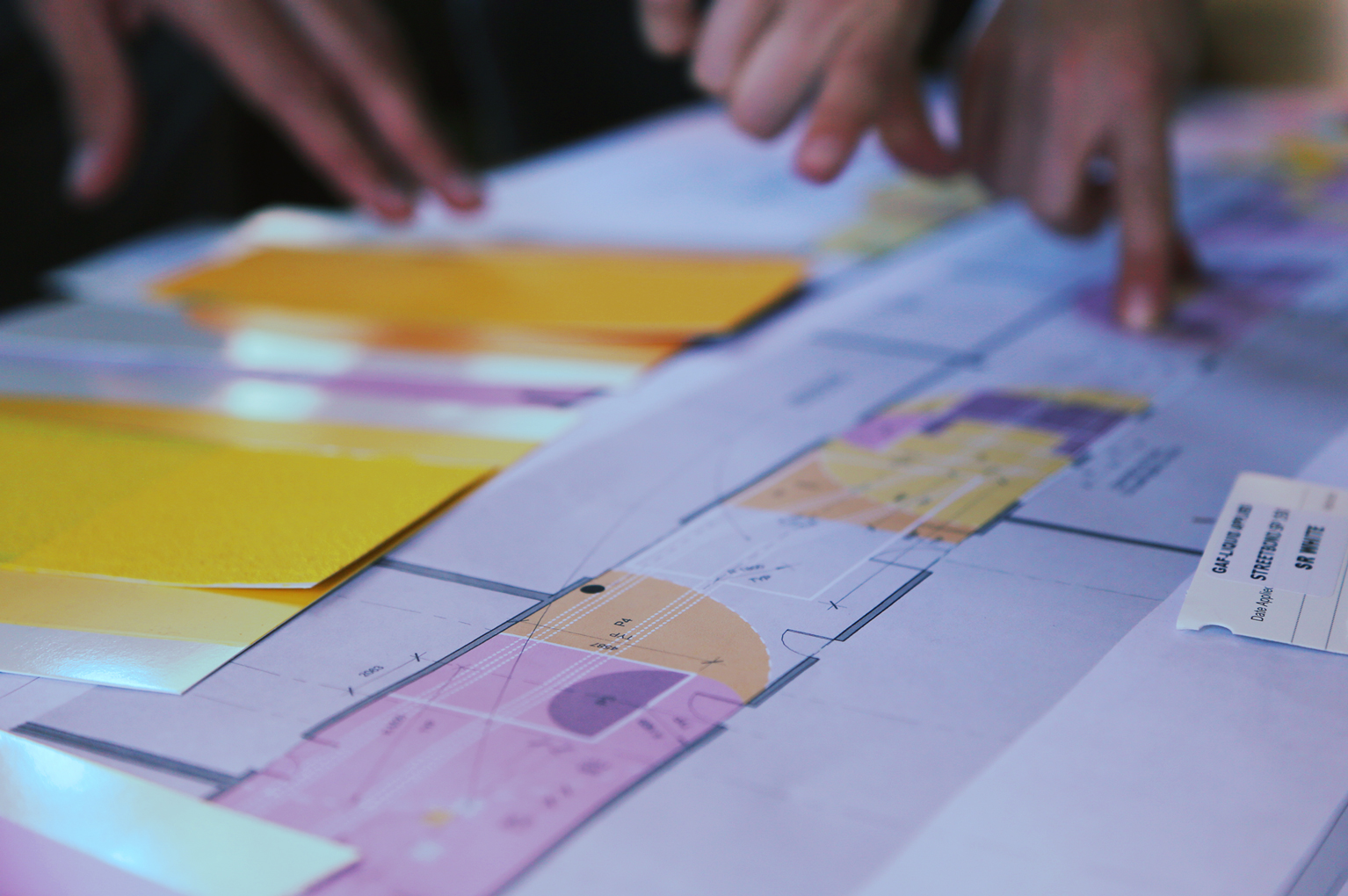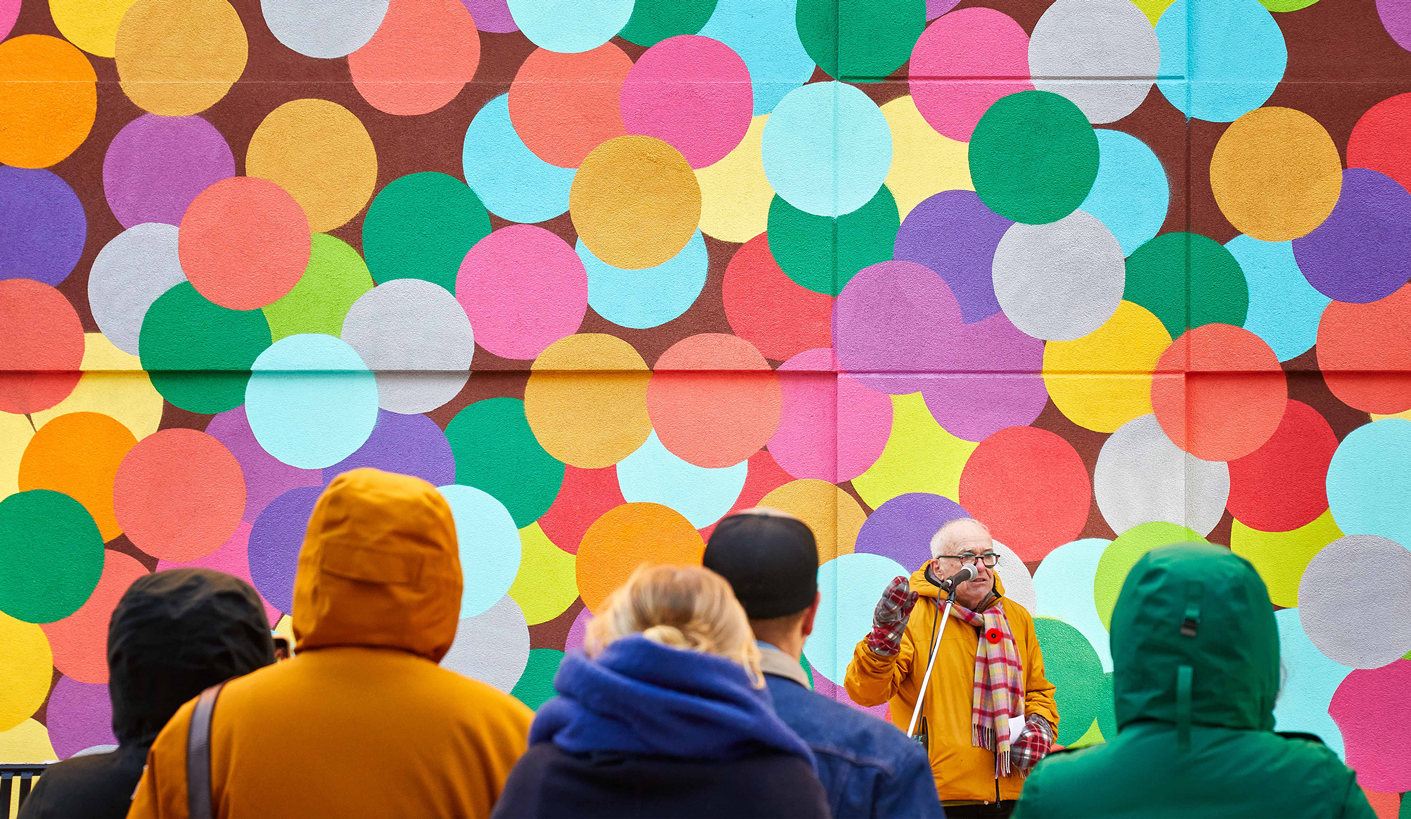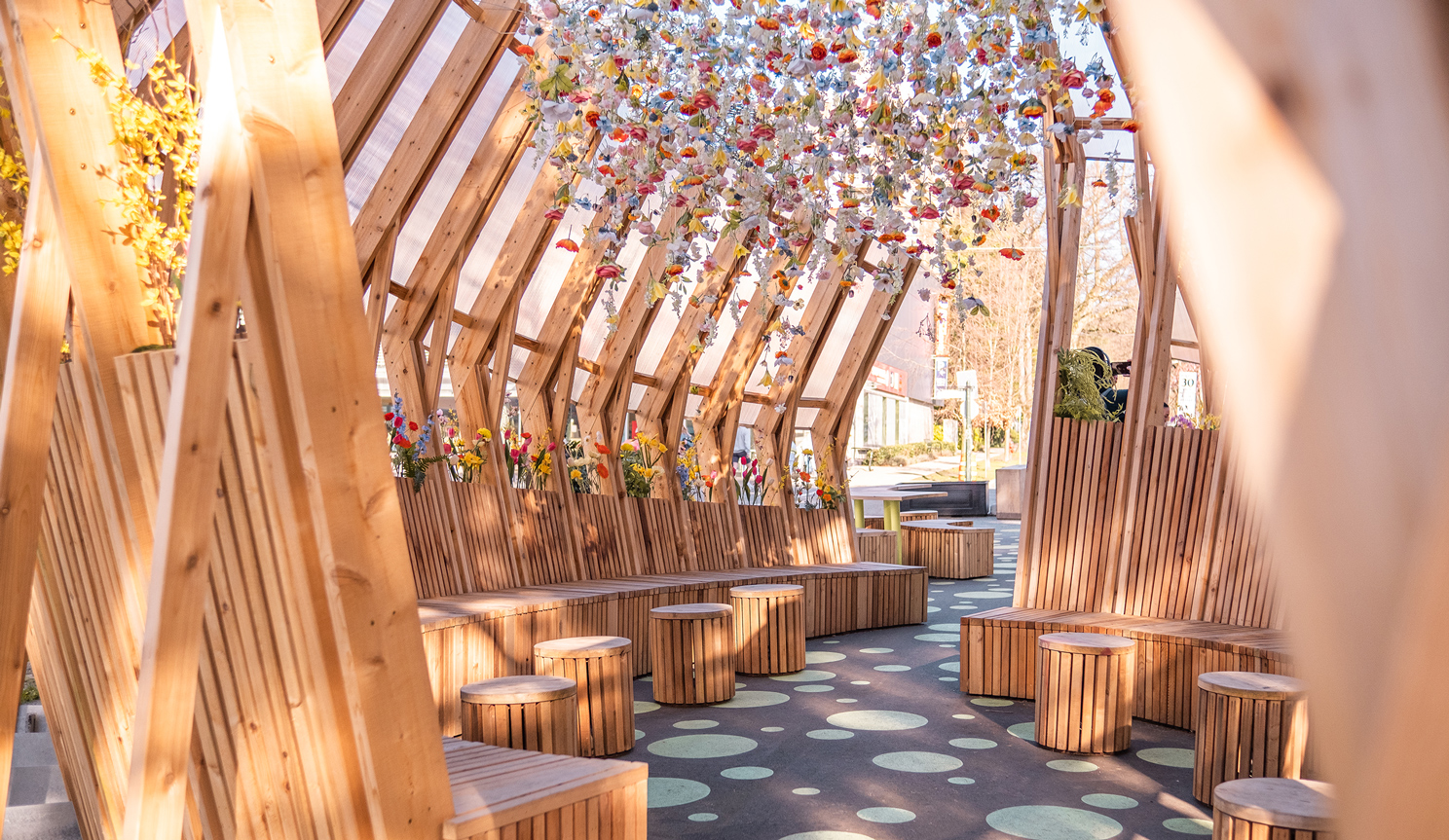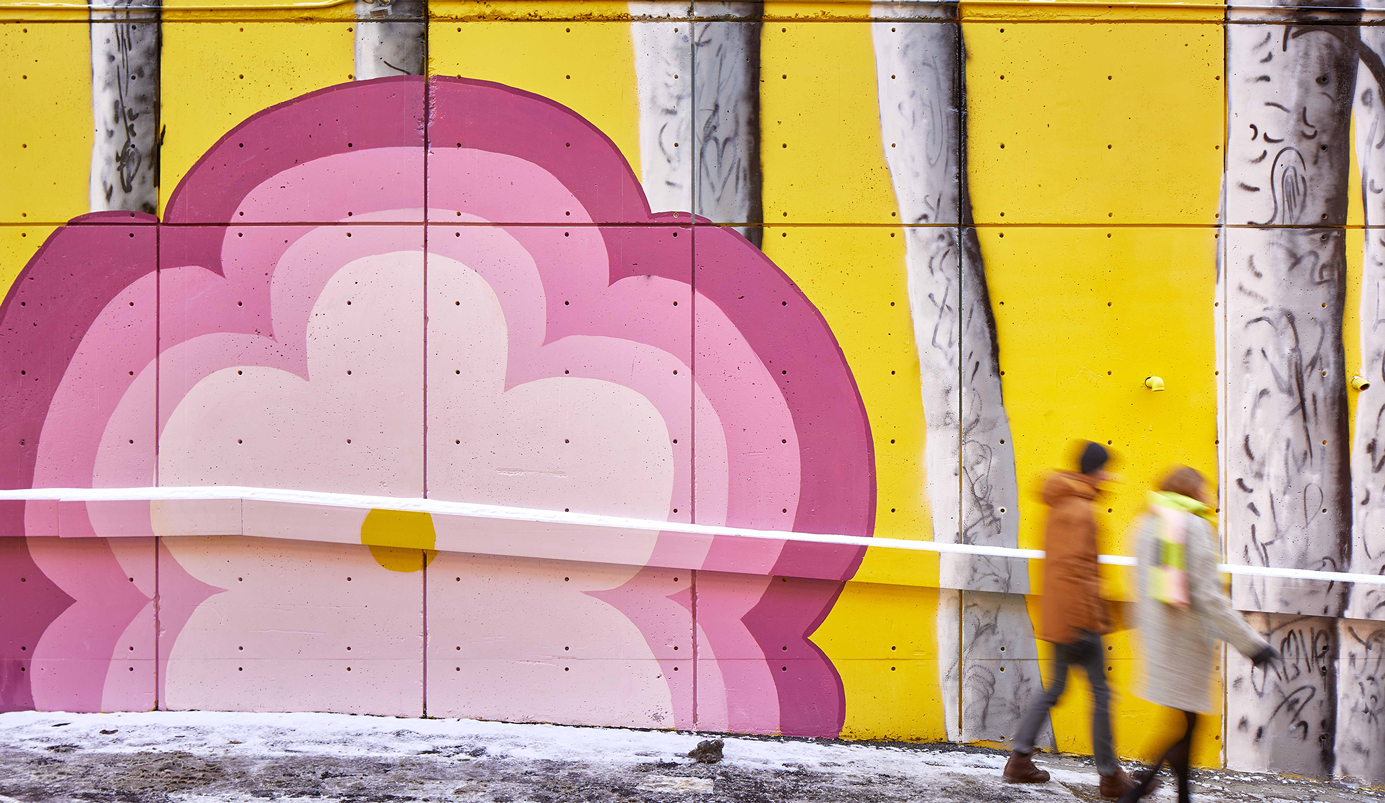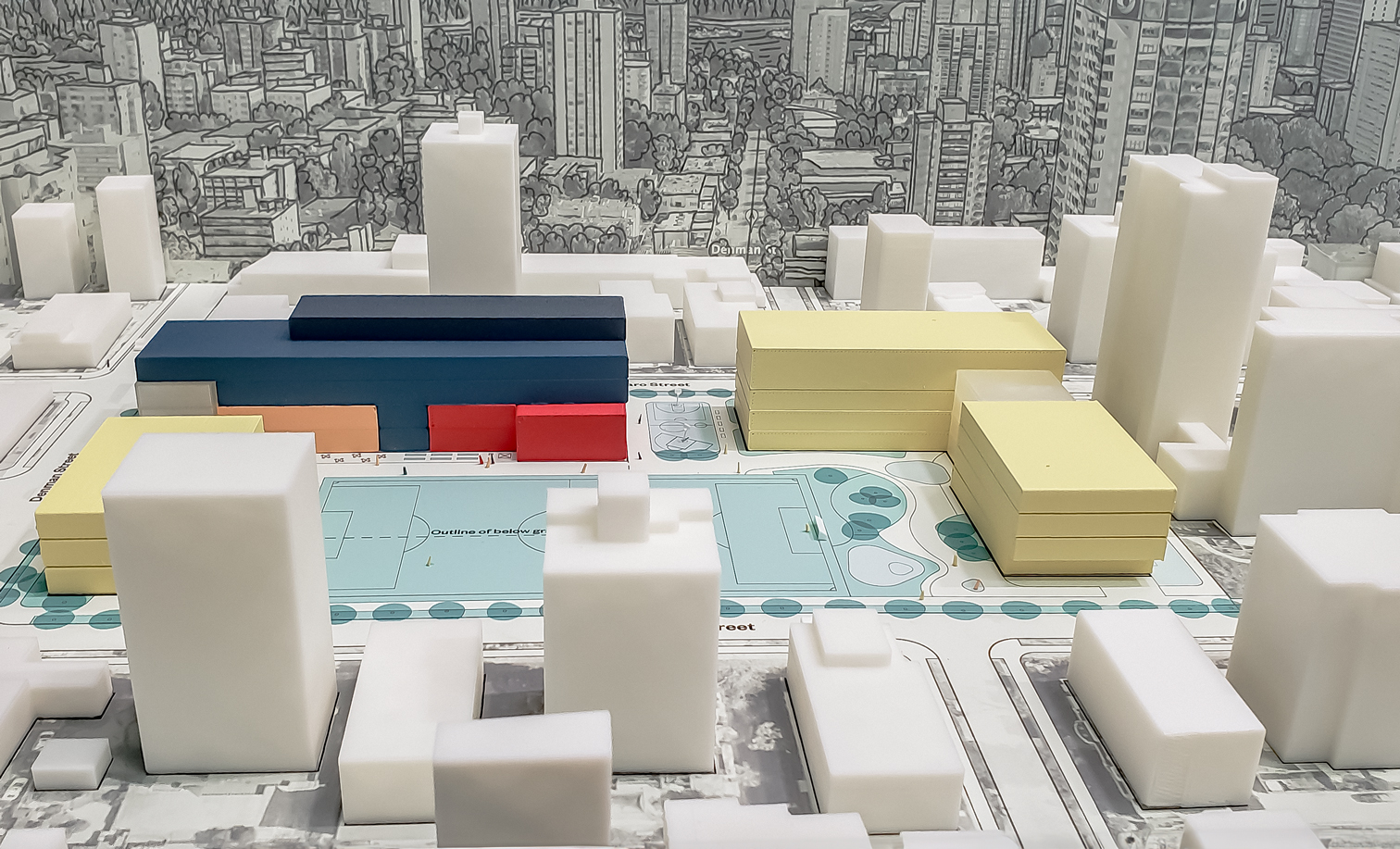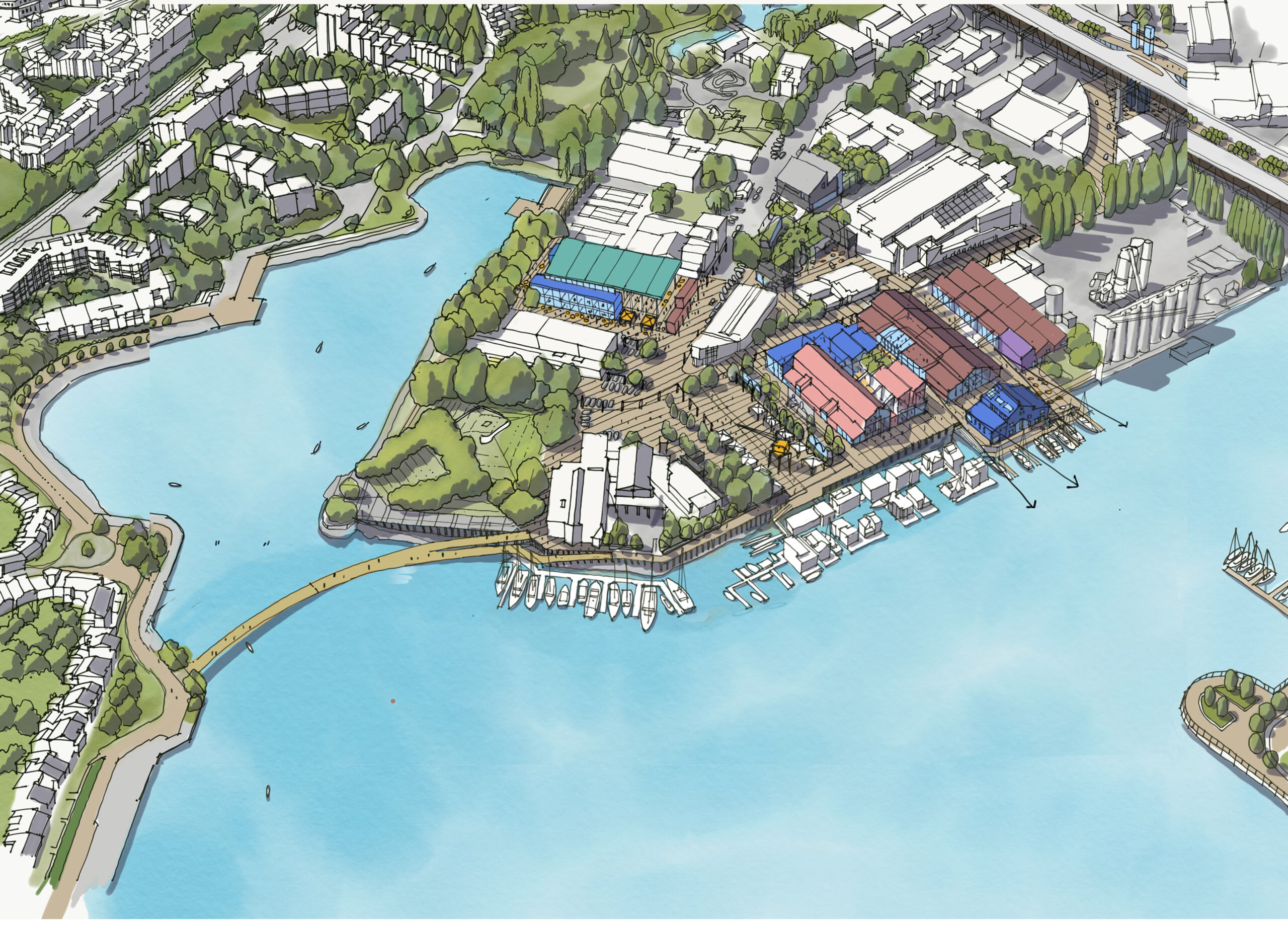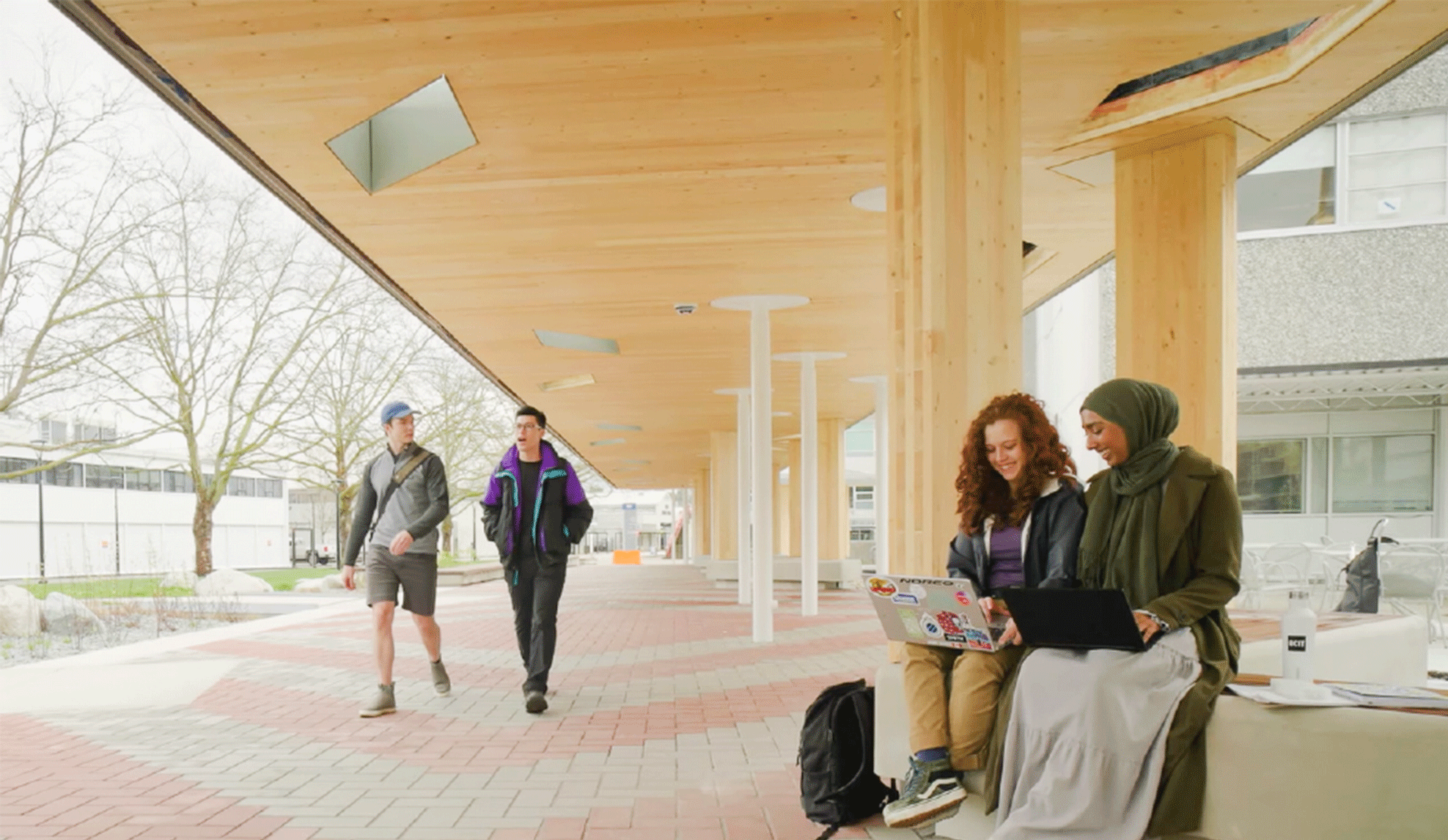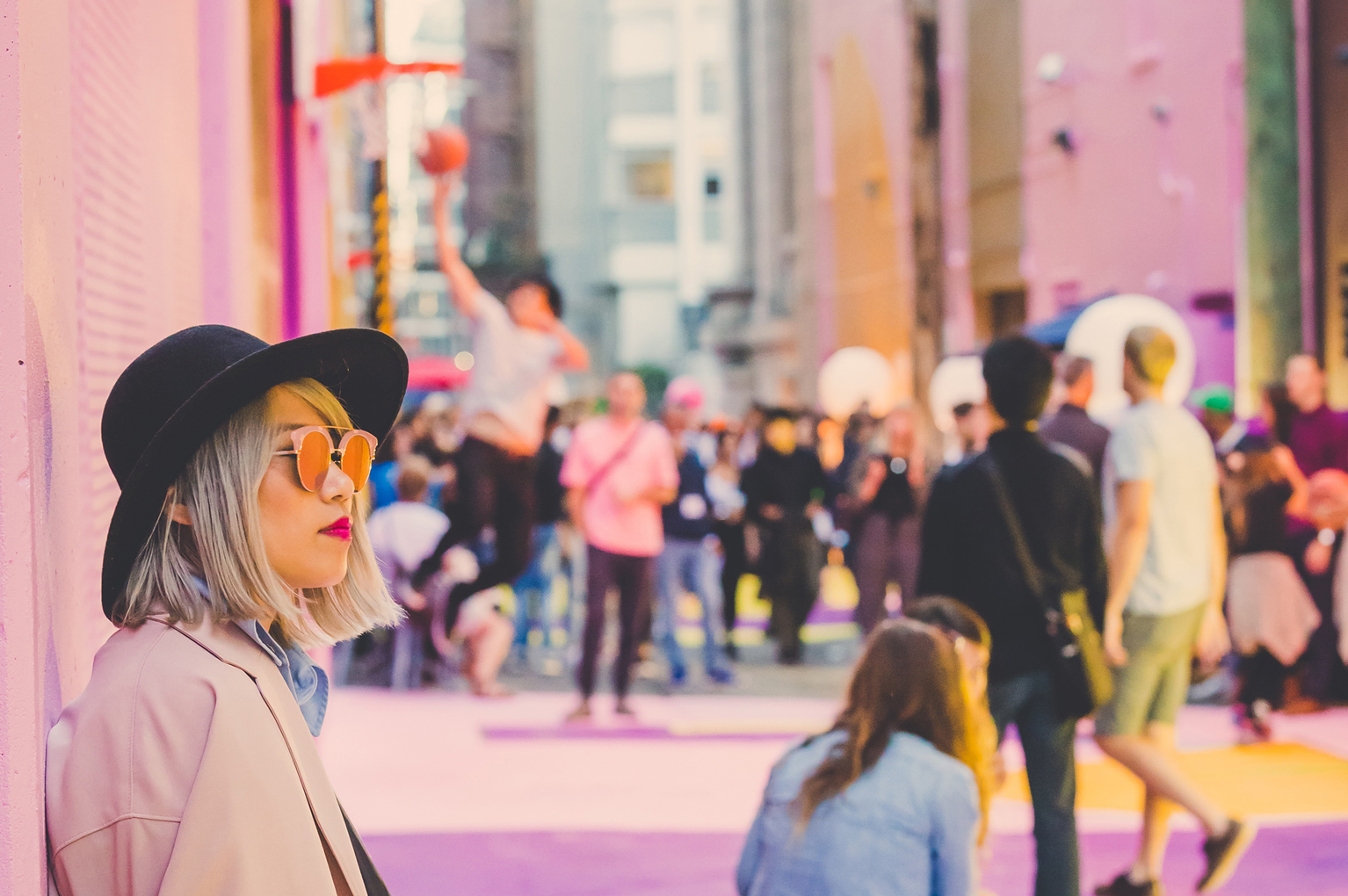
More Awesome Now Laneway Activations
Location
Vancouver, BC
Imagine if instead of avoiding Vancouver’s downtown laneways or using them as shortcuts through the city, you actively sought them out as spaces to socialize and play?
More Awesome Now reshapes laneways into engaging, accessible public spaces that contribute to the vibrancy of Vancouver.
Disciplines
Areas of impact
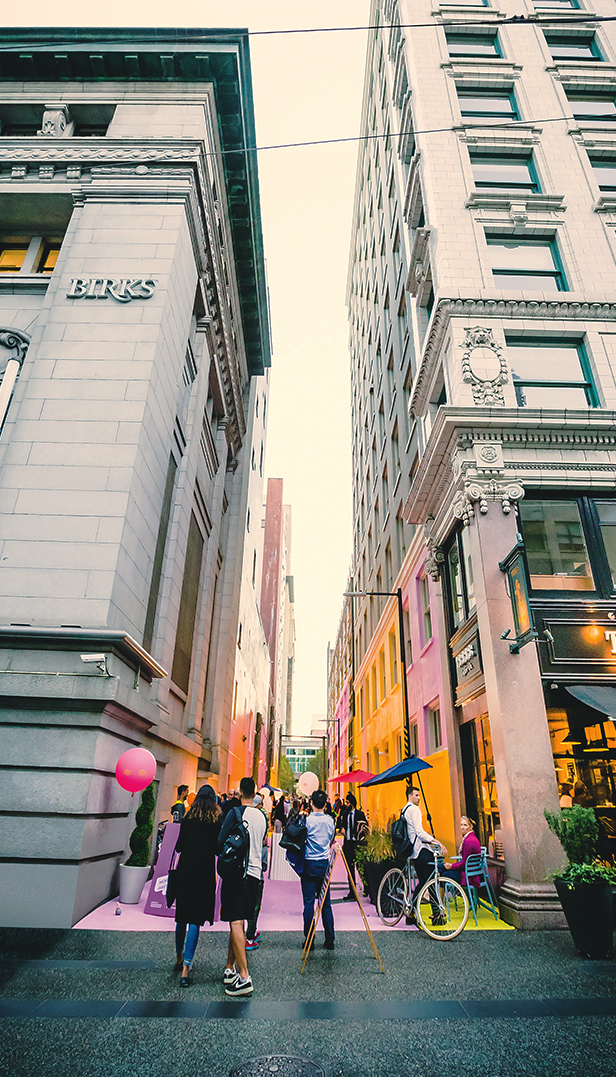
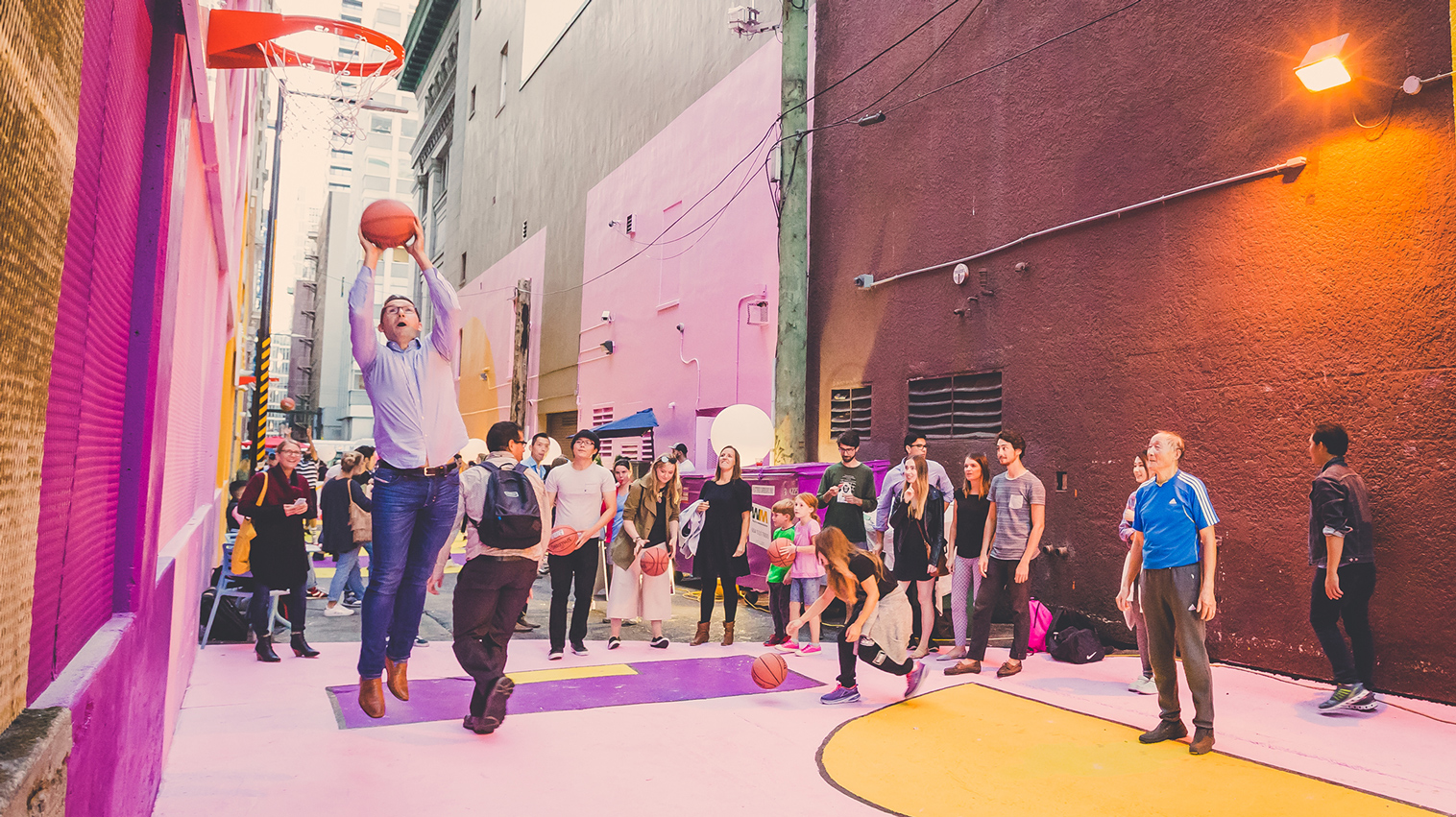
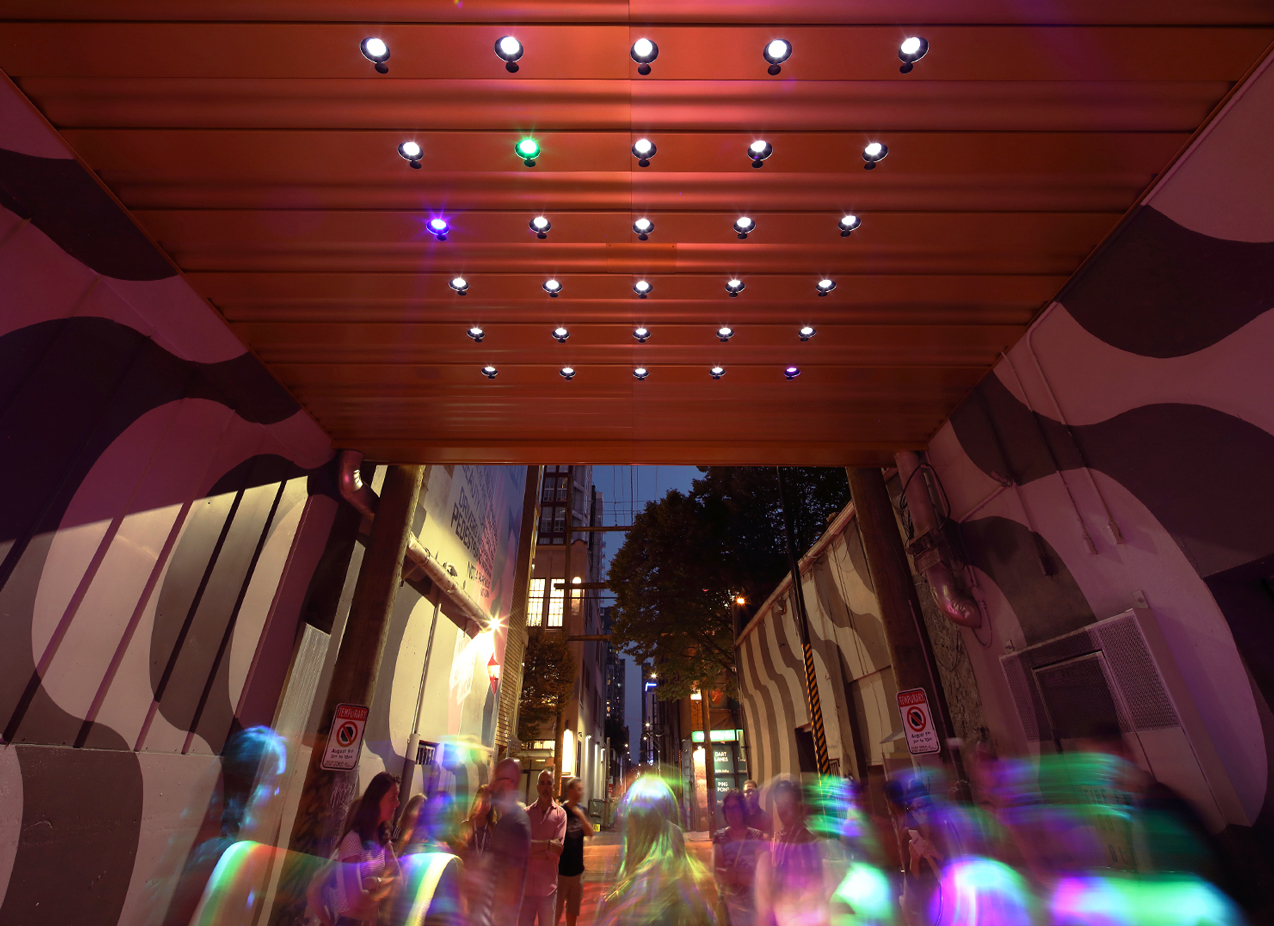
Laneways serve an important business function, but for a big part of the day they are underused and full of potential. More Awesome Now is an experiment in turning laneways into places of discovery – friendly, accessible, and lively parts of the urban streetscape.
Charles Gauthier, former President & CEO, DVBIA
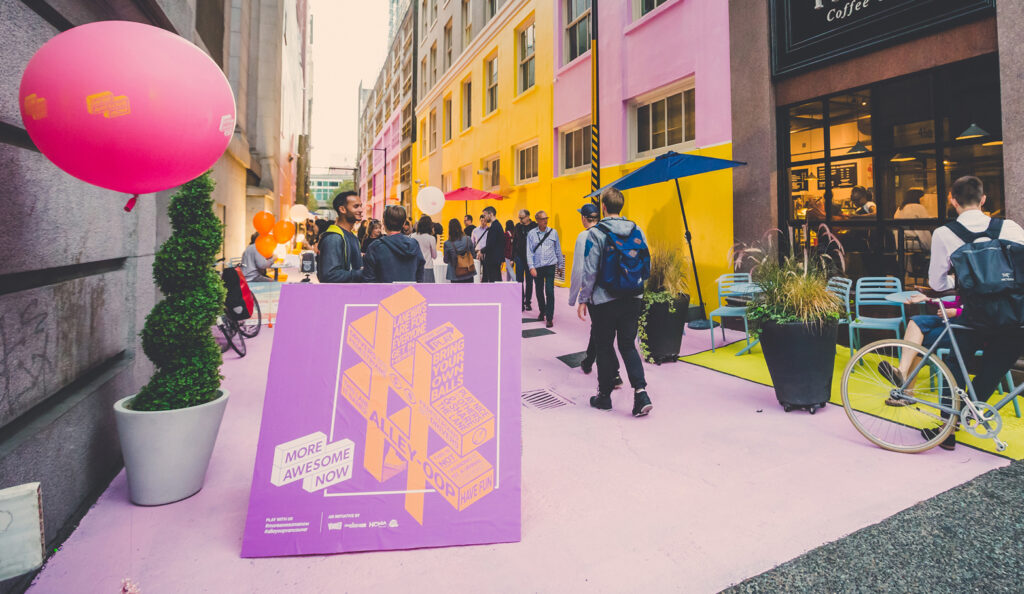
Places for people
In 2015, the Downtown Vancouver Business Improvement Association (DVBIA) conducted ‘Re-imagine Downtown Vancouver 2040’, a collaborative visioning process. Public space emerged as a major theme: 11,000 Vancouverites said they wanted “more public space, including plazas, rooftop patios and alleyway activations”.
In 2016, hcma began a partnership with the City of Vancouver and the DVBIA to transform two downtown alleyways from utilitarian service corridors into bright, playful public spaces.
Our first step was to attract engaged and collaborative partners, including property owners, tenants, and visitors who would share the responsibility for enjoying, cleaning and monitoring each alley.
To this end, we designed More Awesome Now, a rallying campaign with its own unique look and feel.
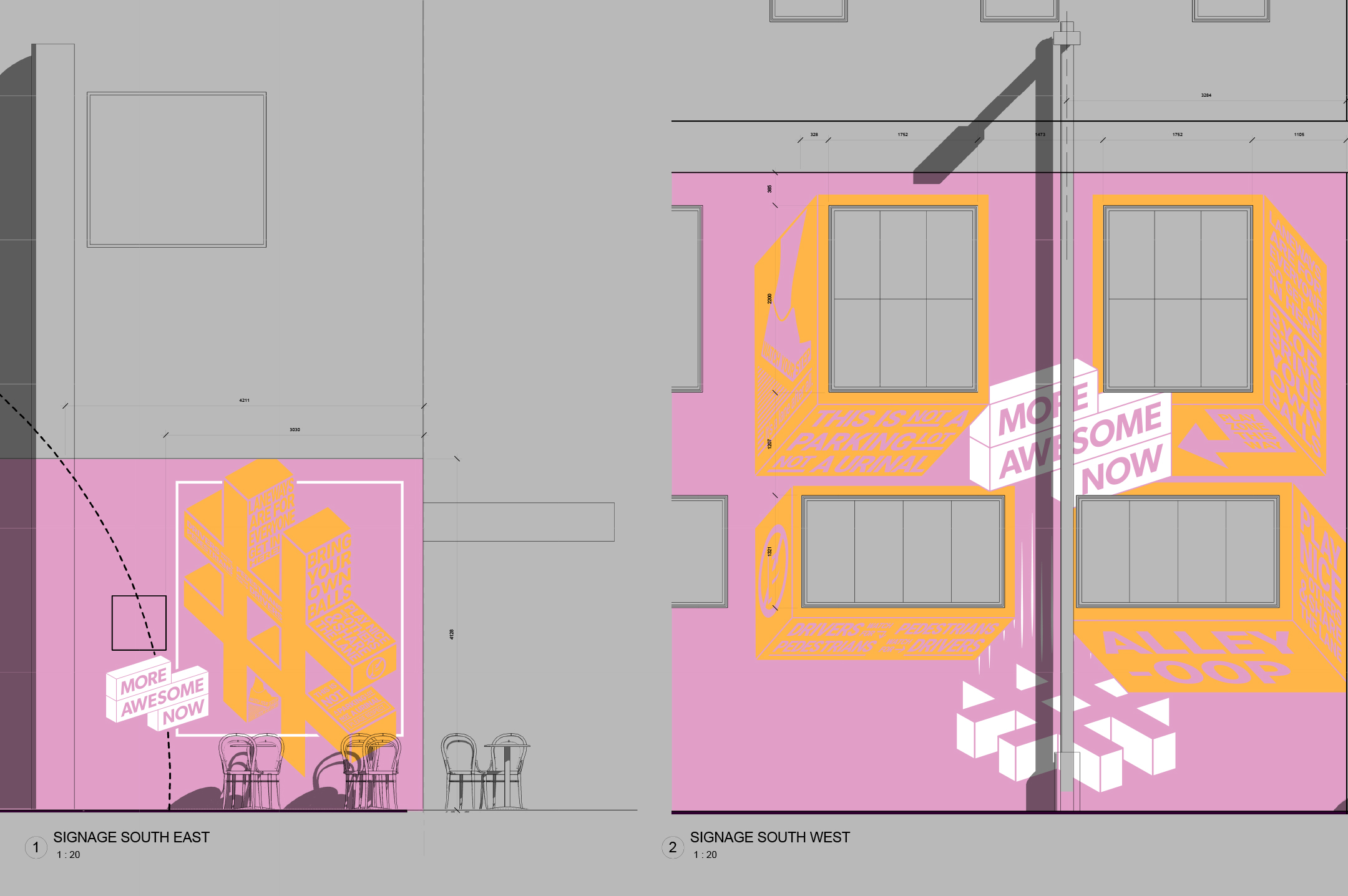
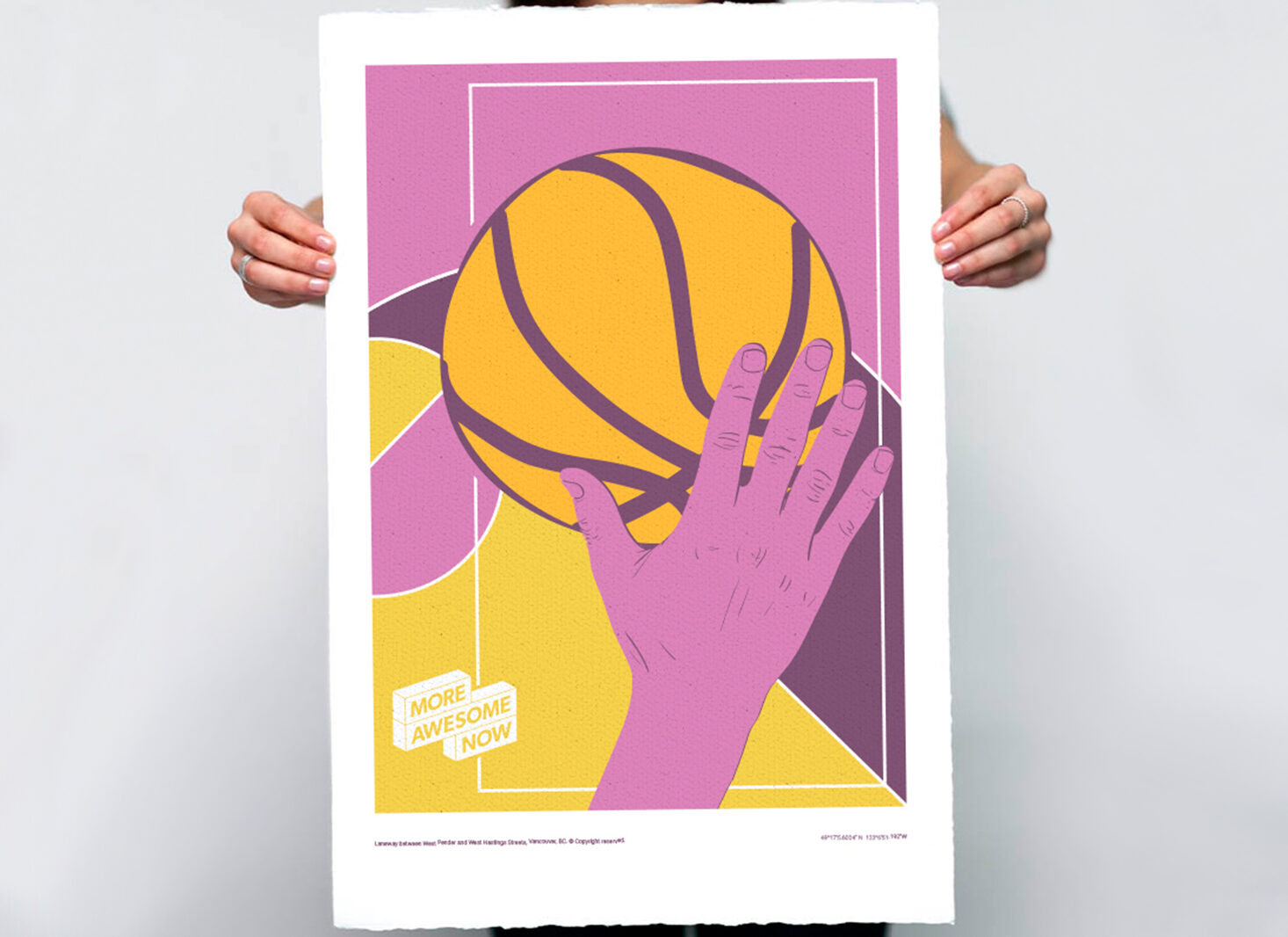
Alley Oop
Each laneway transformation has its own identity and theme developed to contrast with its surrounding area. In juxtaposition to its location in the heart of the business district, the reimagined Alley-Oop laneway is themed “Play”.
Bold pink and yellow paint, basketball hoops and furniture act as a beacon to those working in Vancouver’s business quarter, encouraging them to play, exercise, and socialize in the space.
Since opening in 2016, the number of pedestrians using Alley-Oop has more than doubled (from 30 an hour to 73), and where men made up about 75% of alley-goers before, they now represent only about 58%. These numbers suggest that the More Awesome Now project has created a much busier, more welcoming place.
Ackery's Alley
The second reimagined laneway, Ackery’s Alley, offers a new performance venue and art installation in the heart of Vancouver’s entertainment district. Inspired by its location behind the Orpheum Theatre, the red and gold alley was named in tribute to Ivan Ackery, the venue’s most famous impresario.
Extending the theatre's red carpet and ornate brass details into the laneway, the alley's design features a single radius S-Curve painting pattern inspired by Rio De Janeiro’s Copacabana beach, as well as a gold anodized aluminium paneling system that is reminiscent of a performance curtain. The project also features a huge mural that gives the place its name and brings to mind performance playbills or billboards from the era of Ivan Ackery.
The alley is also home to a permanent art installation by Tangible Interaction, a Vancouver-based studio that creates sensory installations. With a shared belief that interactive public spaces are the key to igniting human connection, hcma and Tangible created ‘FIELD’, an interactive experience that uses sensors, light, and sound to create unique compositions when people move through the space.
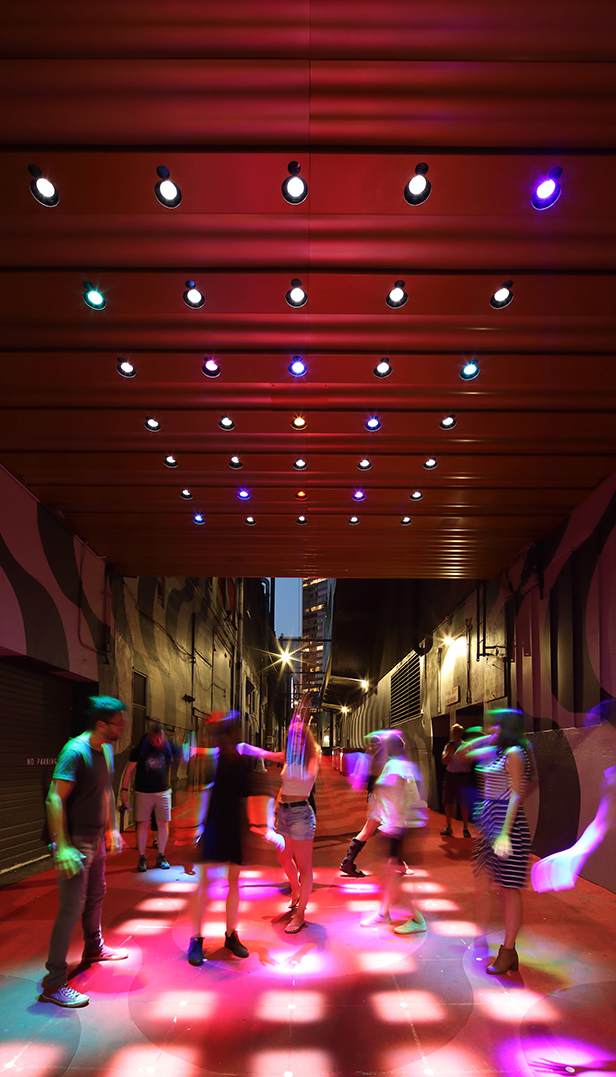
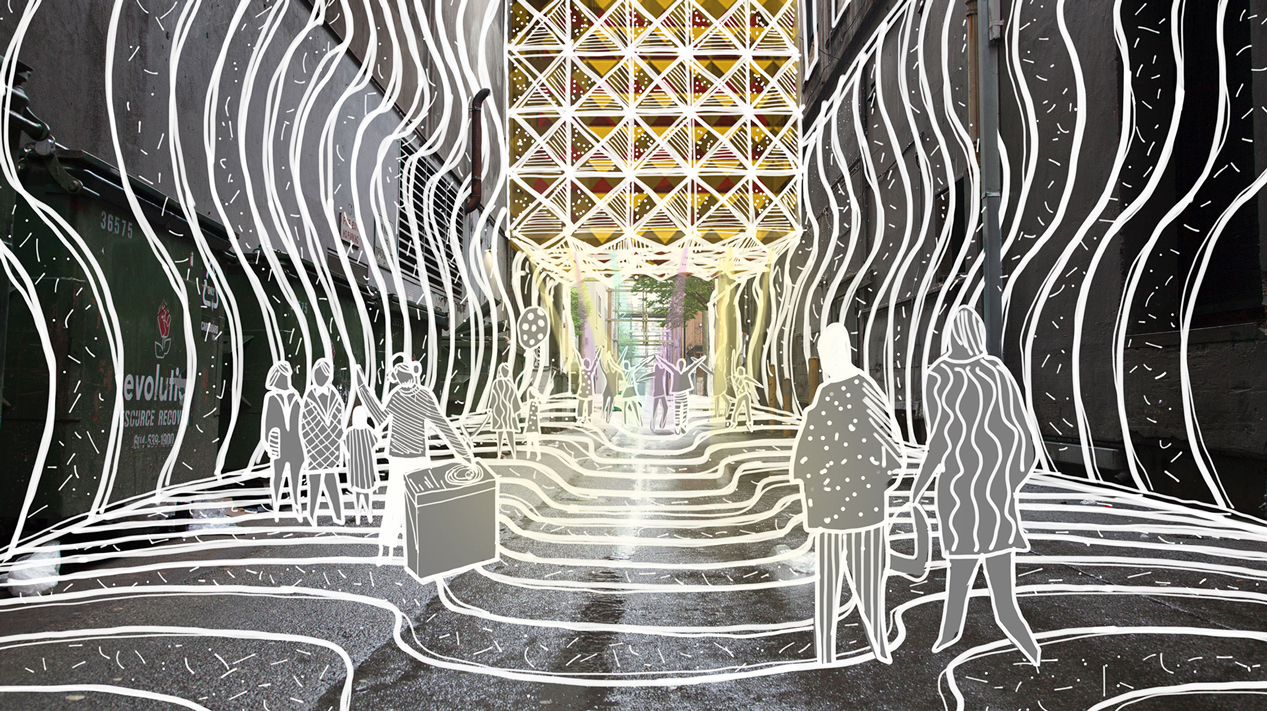
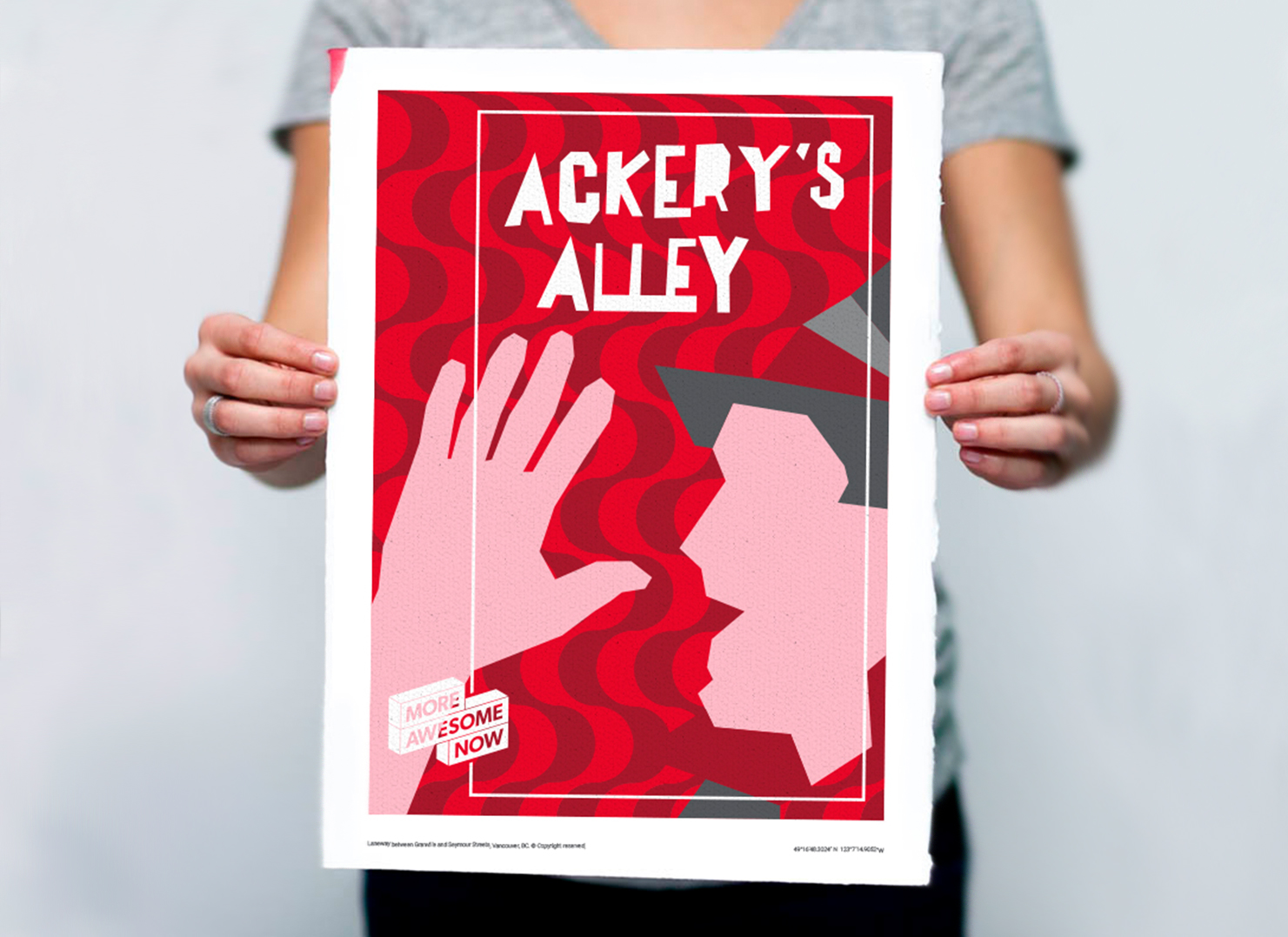
Vancouver’s street grid includes over 200+ downtown blocks bisected by laneways. By reimagining and reconfiguring these city corridors as recreational, commercial and performance spaces, we could increase the pedestrian area of downtown up to 30% and inspire new opportunities for social connections.
